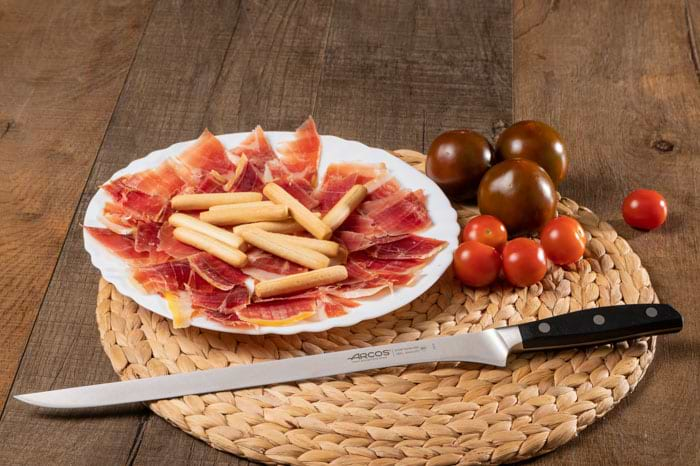When you think about preparing pork ribs, the image of juicy, tender meat falling off the bone probably comes to mind. However, to achieve this culinary delight, you need to know how to debone pork ribs properly. Whether you’re a seasoned chef or a home cook looking to improve your kitchen skills, deboning pork ribs can enhance your cooking repertoire. In the following guide, we will explore the art of deboning pork ribs to help you achieve perfect results every time.

Understanding the Anatomy of Pork Ribs
Before diving into the deboning process, it’s essential to understand the structure of pork ribs. Pork ribs come in various cuts, including baby back ribs, spare ribs, and St. Louis-style ribs. Each type has its unique characteristics and bone structure, which can affect the deboning method.
Types of Pork Ribs
- Baby Back Ribs: These are cut from the top part of the rib cage and are smaller and more tender.
- Spare Ribs: These come from the lower part of the rib cage and are larger with more fat content.
- St. Louis-Style Ribs: These are spare ribs trimmed to remove the sternum and rib tips, making them more uniform in shape.
Essential Tools for Deboning Pork Ribs
Having the right tools is crucial for a successful deboning process. Here are some essentials:
- Boning Knife: A flexible boning knife is ideal for maneuvering around bones. Learn more about why a stiff boning knife might be better for certain tasks.
- Cutting Board: A sturdy cutting board provides a stable surface to work on.
- Kitchen Shears: Useful for trimming excess fat and cutting through smaller bones.
Step-by-Step Guide to Deboning Pork Ribs
Now, let’s dive into the step-by-step process of deboning pork ribs:
Step 1: Prepare Your Work Area
Start by setting up your cutting board and gathering all the necessary tools. Ensure your boning knife is sharp for clean cuts.
Step 2: Remove the Membrane
The membrane is a thin, silver skin covering the bone side of the ribs. Removing it allows for more tender ribs. To do this, slide the tip of your knife under the membrane at one end of the ribs and lift it slightly. Use a paper towel to grip the membrane and peel it away.
Step 3: Locate the Bones
Feel along the ribs to identify the bones. Using your boning knife, make a shallow cut along one side of a bone to expose it.
Step 4: Cut Along the Bones
With the bone exposed, carefully cut along its length. Keep the knife blade close to the bone to separate the meat without losing any.
Step 5: Repeat for Each Bone
Continue this process for each bone until all bones are removed from the meat.
Cooking Tips for Deboned Pork Ribs
Once you’ve successfully deboned your ribs, here are some cooking tips:
- Marinade: Let the ribs marinate for at least an hour to enhance flavor.
- Cooking Method: Deboned ribs can be grilled, smoked, or baked. Each method offers a unique flavor profile.
- Temperature: Cook the ribs until they reach an internal temperature of 145F for safe consumption.
Common Mistakes to Avoid
To ensure you debone pork ribs successfully, avoid these common mistakes:
- Using a dull knife, which can tear the meat.
- Neglecting to remove the membrane, leading to chewy ribs.
- Rushing the process and not taking time to carefully remove each bone.
Why Debone Pork Ribs?
Deboning ribs can offer several advantages, such as:
- Faster cooking times.
- More versatile usage in recipes.
- Easier eating experience.

FAQs
Why should I debone pork ribs?
Deboning pork ribs can result in faster cooking times and make them easier to eat.
What tools do I need to debone pork ribs?
You’ll need a boning knife, cutting board, and kitchen shears.
Are there different types of pork ribs?
Yes, there are baby back ribs, spare ribs, and St. Louis-style ribs, each with unique characteristics.
Deboning pork ribs can transform your culinary creations, providing versatility and enhancing flavors. With practice and the right tools, you’ll master this technique, unlocking new possibilities in the kitchen. For more information on boning knives, visit this helpful external link.
This article contains affiliate links. We may earn a commission at no extra cost to you.


